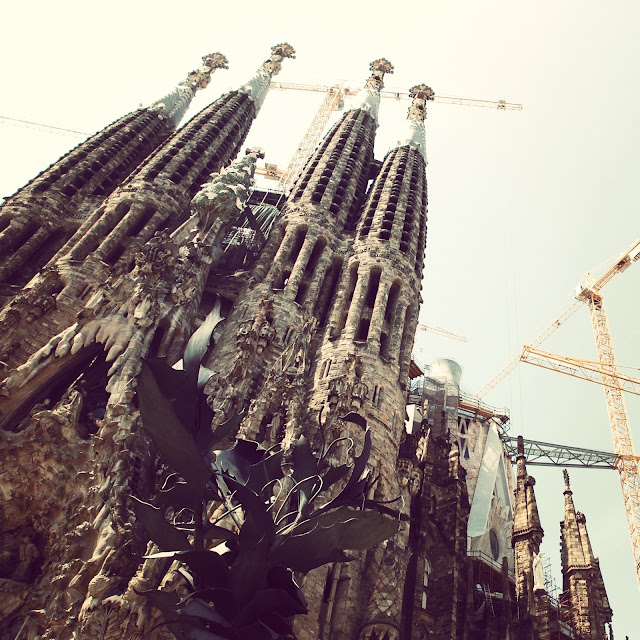Across La Rambla and down a short passage is a pretty, arcaded square with a central
fountain and soaring palm trees.
Once home to a convent and later the haunt of junkies and thieves, today it is a gently
cleaned up, and full of bars,cafes, and restaurants pushing legal stimulants.
One of Gaudi's first projects was making the lamp posts in this Plaza Real
























































